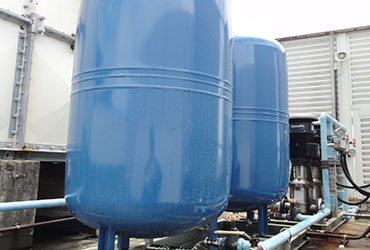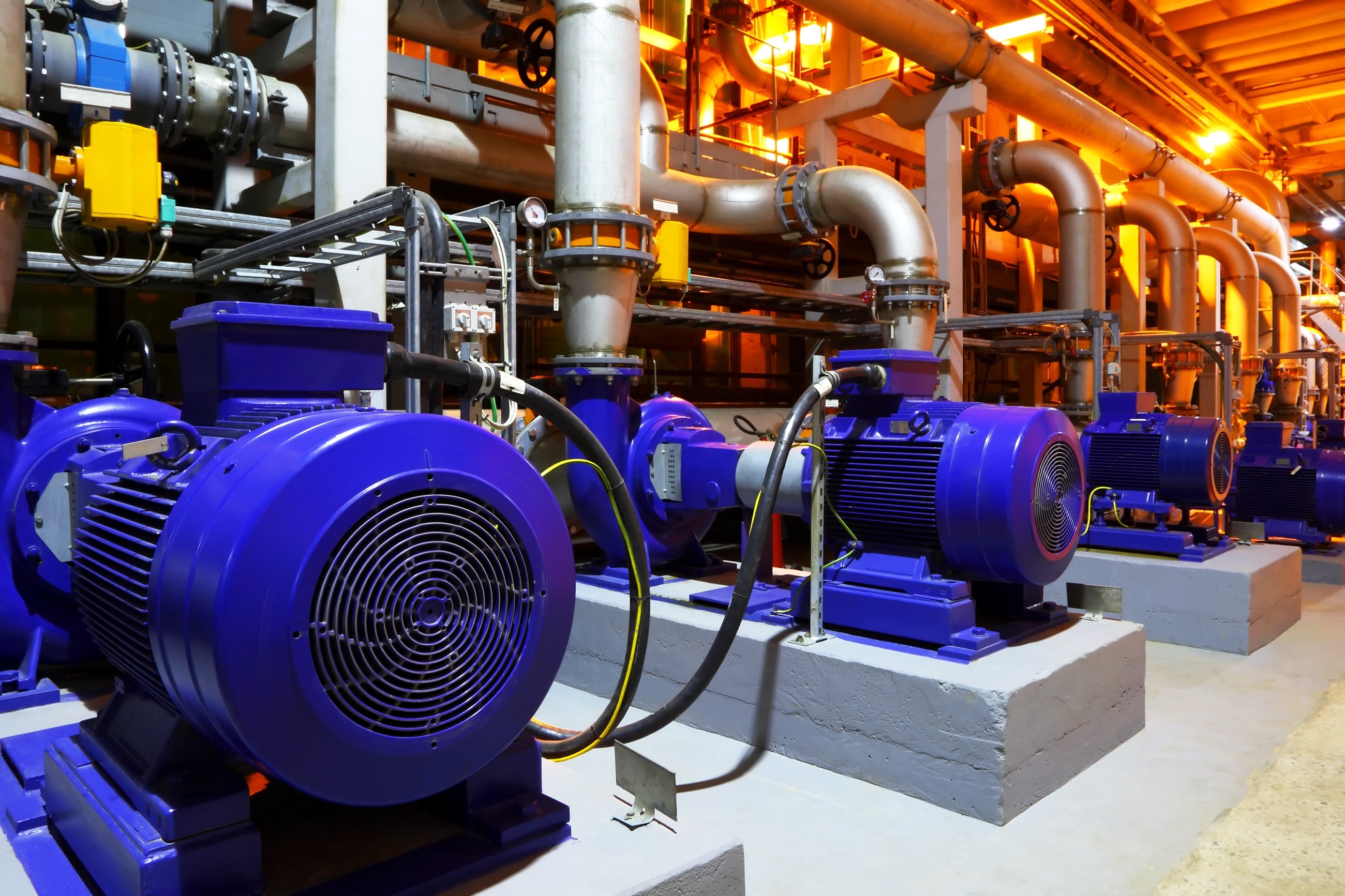We've stumbled upon the article about Dealing with Low Water Pressure in Your Home below on the net and thought it made sense to talk about it with you on this site.

Low water stress in your home can be an aggravating trouble, affecting whatever from showering to washing dishes. If you're experiencing weak water circulation, there are numerous possible reasons and solutions to explore. In this overview, we'll discuss common reasons for low tide stress and practical actions to resolve the issue effectively.
Intro to Low Tide Stress
Low tide stress takes place when the circulation of water from your taps, showers, and other fixtures is weaker than common. This can make everyday jobs much more tough and less effective. Understanding the sources of low tide stress is important to discovering the appropriate remedy.
Usual Causes of Low Tide Stress
Faulty Stress Regulatory Authorities
Stress regulatory authorities are in charge of preserving consistent water pressure in your home. If they malfunction, it can result in low tide pressure or irregular flow throughout your house.
Metropolitan Supply Of Water Issues
Sometimes, the trouble lies outside your home. Municipal supply of water problems, such as main line leakages or upkeep work, can briefly reduce water stress in your location.
Pipeline Obstructions
In time, pipelines can end up being obstructed with mineral deposits, debris, or particles, restricting the flow of water. This is a common problem in older homes with galvanized steel pipes.
Corrosion
Deterioration within pipelines can lead to leaks and decreased water stress. Rust buildup can constrict water flow, particularly in maturing plumbing systems.
Exactly How to Diagnose Low Water Pressure
Checking Pipes
Examine noticeable pipes for indicators of leakages, rust, or blockages. Pay attention to any type of uncommon noises, such as knocking or rattling pipelines, which could indicate problems within the plumbing system.
Consulting with a Plumber
If you're unable to pinpoint the root cause of low water pressure, take into consideration hiring an expert plumber to carry out a detailed assessment. They can identify underlying issues and advise ideal remedies.
Examining Taps and Components
Beginning by examining the water pressure at different taps and components throughout your home. If the concern is separated to details areas, it might suggest localized issues.
DIY Solutions to Deal With Low Tide Stress
Flushing Hot Water Heater
Debris accumulation in the hot water heater can restrict circulation and lower efficiency. Flushing the container regularly helps get rid of debris and preserve ideal performance.
Checking Pressure Regulator
Guarantee that the pressure regulator is working correctly. Adjusting or changing the regulator can aid bring back proper water stress throughout your home.
Cleansing Aerators and Showerheads
Mineral deposits can collect in aerators and showerheads, lowering water circulation. Eliminate and cleanse these components on a regular basis to boost water stress.
Cleaning Clogs in Piping
For small obstructions, try making use of a plumbing snake or chemical drainpipe cleaner to clear obstructions in pipes. Beware when using chemicals and adhere to security standards.
When to Call an Expert Plumber
If DIY initiatives stop working to settle the concern or if you believe significant plumbing troubles, it's best to seek help from a licensed plumber. They have the expertise and devices to deal with complex issues securely and efficiently.
Safety Nets to Maintain Water Pressure
Mounting a Stress Booster
Take into consideration mounting a pressure booster pump to boost water pressure in locations with regularly low circulation. This can be particularly valuable for multi-story homes or residential or commercial properties with high-demand components.
Monitoring Water Usage
Bear in mind water usage practices and stay clear of overtaxing the plumbing system. Easy modifications, such as shocking showers and laundry tons, can help maintain appropriate water pressure.
Regular Upkeep
Arrange regular upkeep for your plumbing system to avoid problems such as deterioration, leaks, and blockages. Addressing minor problems early can help avoid more substantial fixings later.
Final thought
Handling low tide stress can be frustrating, but recognizing the underlying reasons and carrying out ideal options can restore ideal flow throughout your home. Whether it's cleaning up aerators, evaluating pipes, or speaking with a plumber, taking aggressive steps can make certain a consistent supply of water for your everyday requirements.
How to Fix Low Water Pressure In Your Home
Municipal Water Supply Issues
Scheduled maintenance, high demand, and water main breaks are all potential causes for low water pressure within a city or county’s water lines. While there’s not much you can do to personally fix a problem with your city or county’s water supply system, you can play a big role in documenting the issue and alerting those who can.
How to fix it:
Ask your neighbors if they are experiencing any issues with low water pressure. If multiple homes are affected, it’s likely related to the city’s water line. Contact the local Water Authority to see if there is any maintenance taking place that might be affecting your supply. Also let them know of your specific issues. If other homeowners report the same issues, they’ll know that there could be a larger issue to look into. Faulty Fixtures
A damaged or clogged shower head, faucet or appliance is the first thing we’d suggest checking, especially if low water pressure appears to be isolated to a specific area of your home.
How to fix it:
First, turn off the main water supply to your home. Check the affected appliances for build-up or debris. In the case of a faucet, you can simply unscrew the aerator at the tip of the faucet. Showerheads should be fully detached from the water pipe. While the appliances are detached, you may want to check the water supply to determine if the fixtures were in fact the issue. To clean, soak the showerhead or aerator in vinegar and brush off any visible debris. Reattach the fixtures and check the water pressure again. If it is still low, there is likely a deeper issue at hand, which can be determined by a professional plumber. Pipe Obstructions
Mineral deposits, rust or other debris within water pipes can lead to blockages or corrosion over time.
How to fix it:
When you think of a clog, you probably think of a drain clog. While there are many DIY solutions to clearing a drain, clogs in a water pipe will almost always require the help of a professional plumber. A plumber will be able to locate the affected pipe and clean out any debris or mineral deposit buildup. In severe cases, the pipe may need to be replaced. Your plumber might also recommend a water softening system to remove the minerals from your home’s water supply that can contribute to pipe blockages over time.
Plumbing Leak
Undetected water line leaks can divert water away from your residential pipes, reducing the water pressure in your fixtures.
How to fix it:
Check your water meter by turning off all water sources and monitoring the meter for any movement, which could be a clear indicator of a potential leak. Check all visible pipes for signs of leaking, including water stains, active dripping or damp spots around the pipe. Inspect fixtures, including faucets and showerheads, for any drips. Test the pressure but recording the pressure with the main water valve shut off. Leave off for a few hours and test again. A significant drop in pressure is a clear sign of a leak. https://kiddcoplumbing.com/plumbing-blog/how-to-fix-low-water-pressure/

I recently found that piece about Dealing with Low Water Pressure in Your Home while perusing the search engines. Remember to take the time to share this blog post if you enjoyed reading it. Kudos for your time. Don't hesitate to check our blog back soon.
Detail